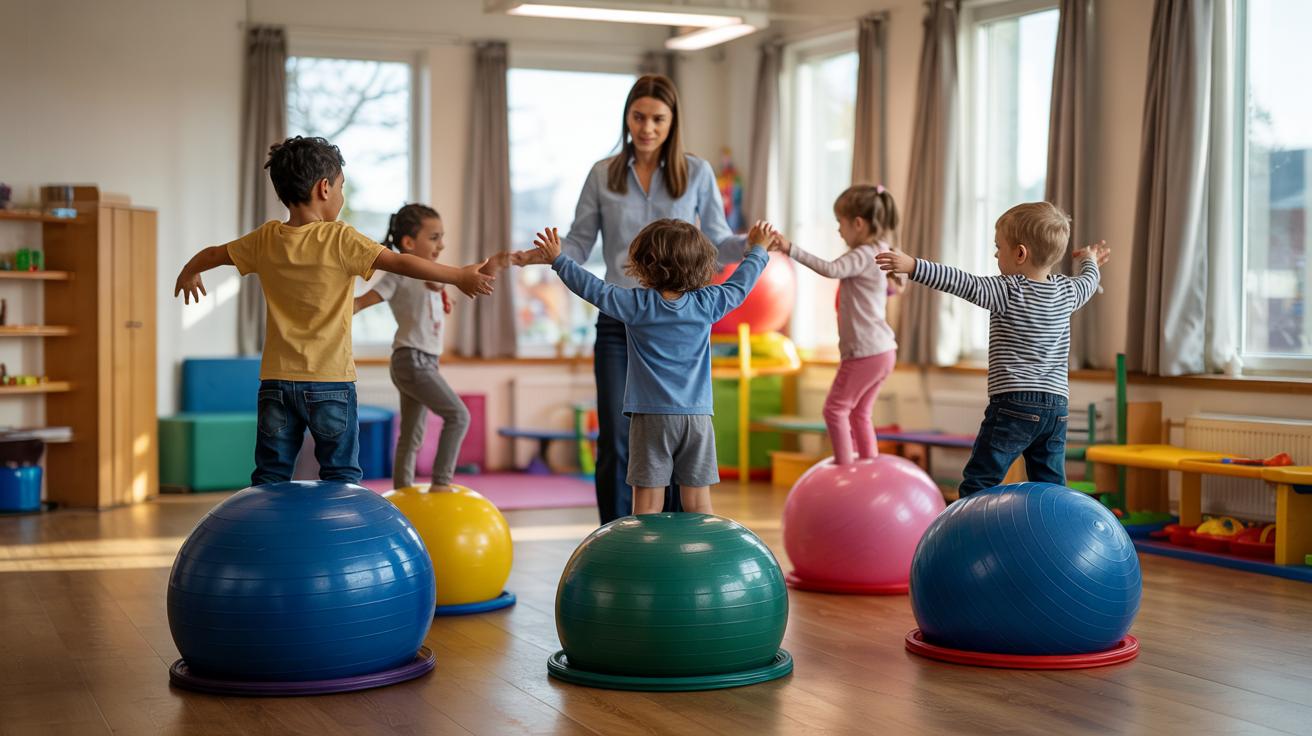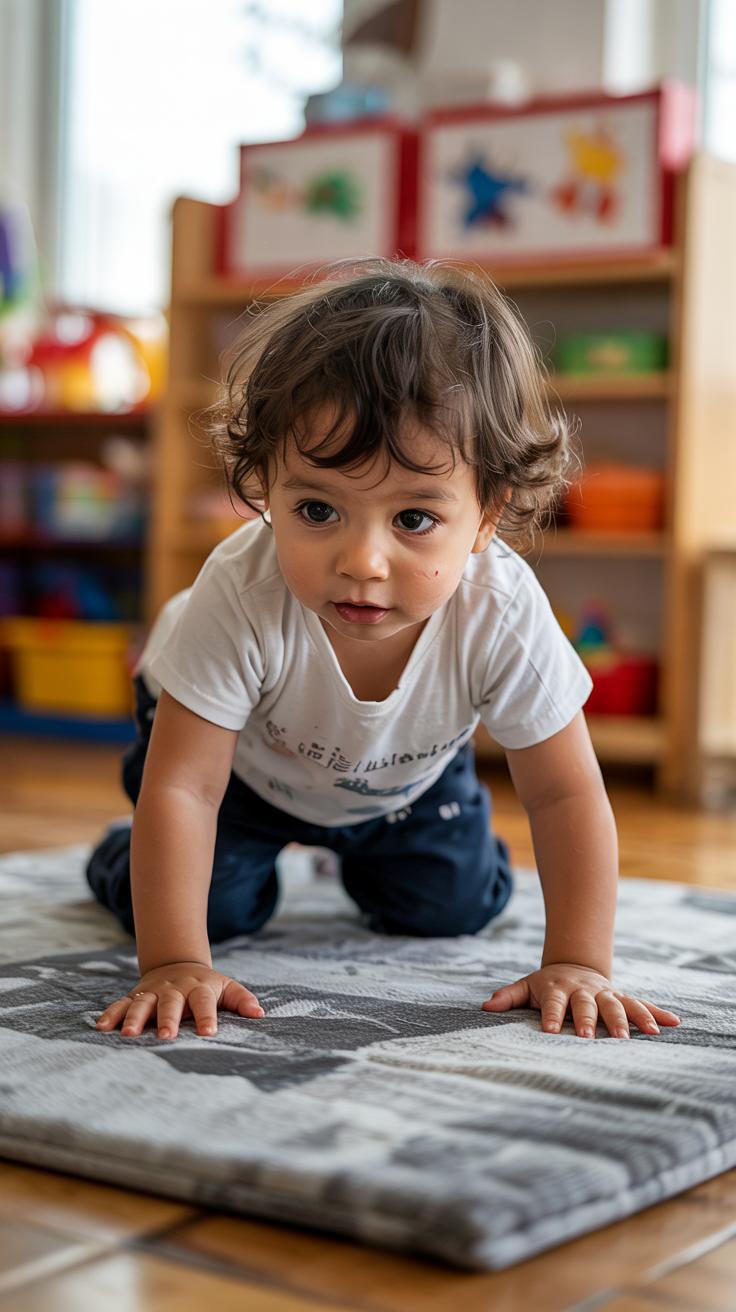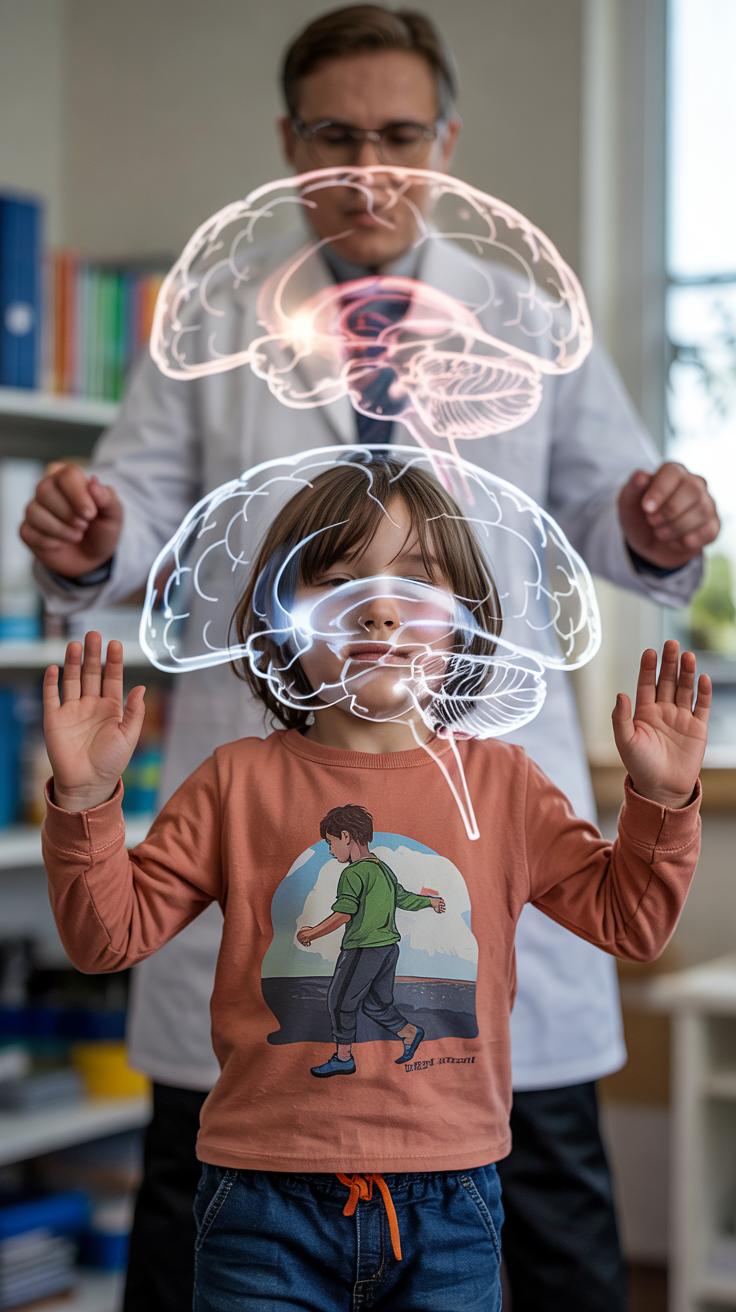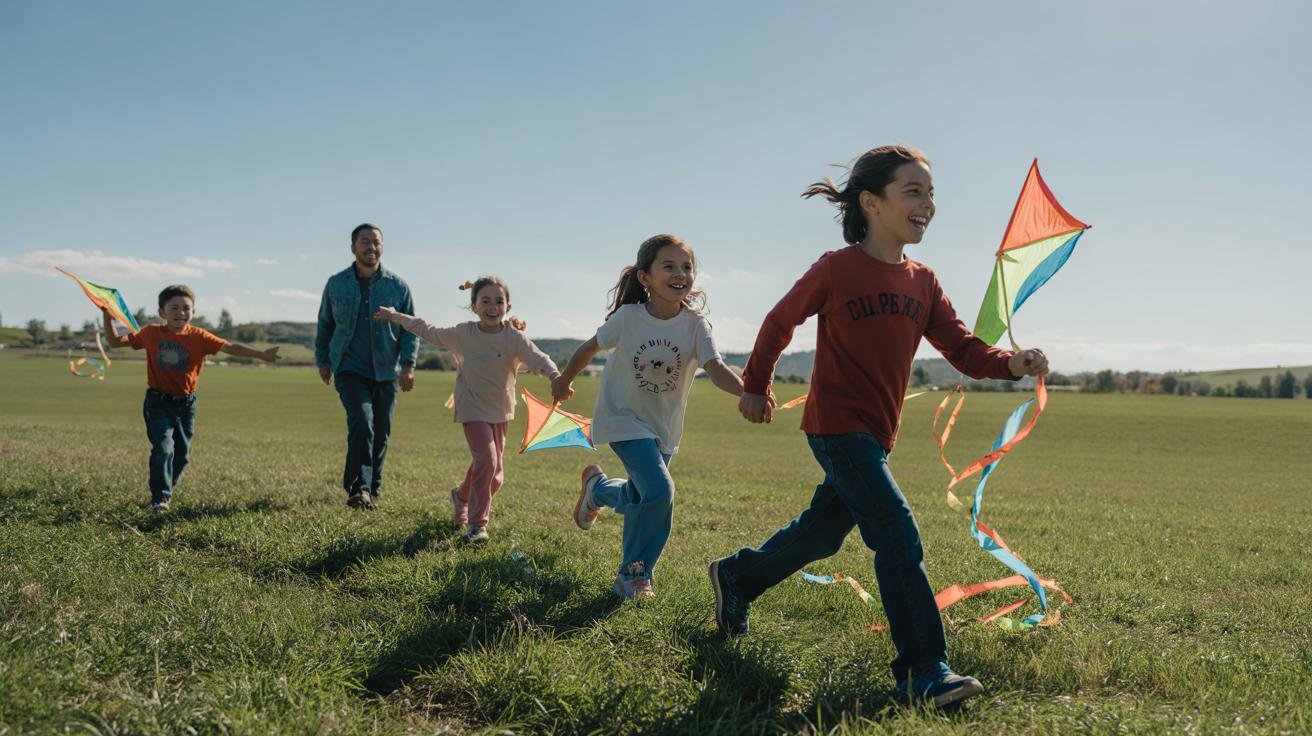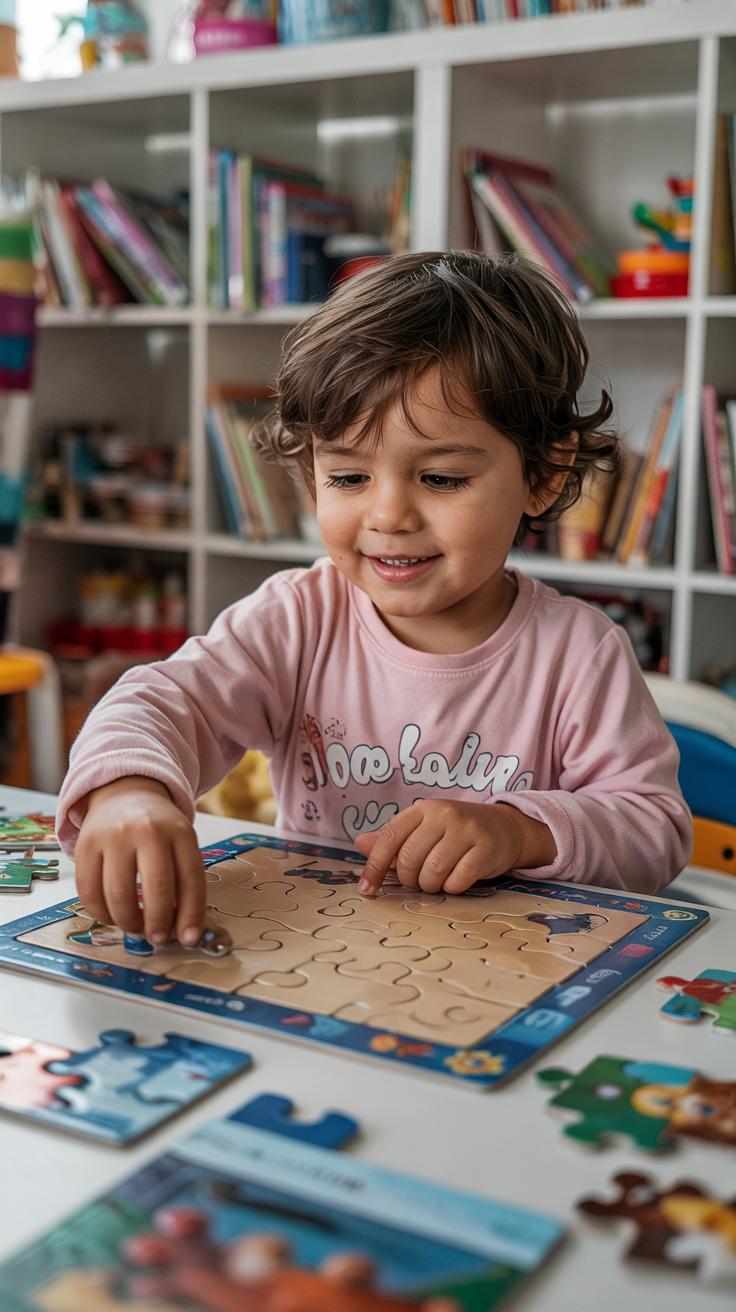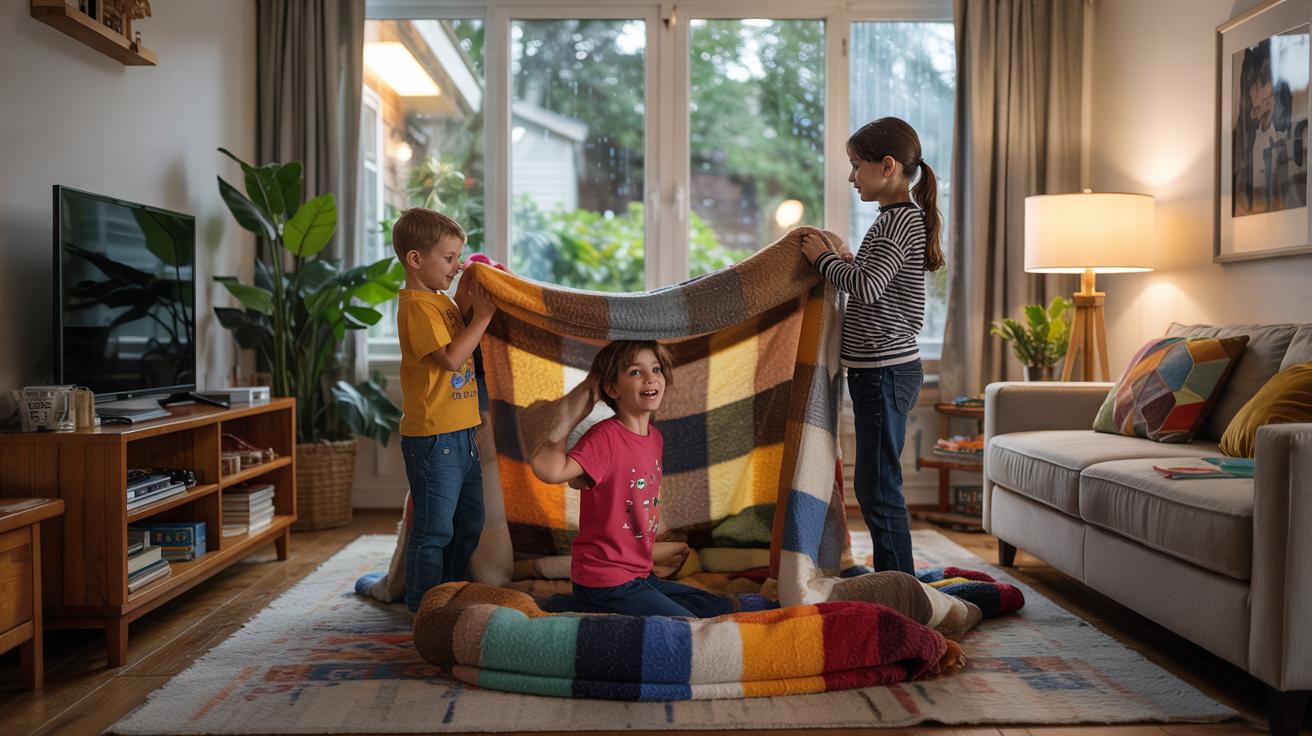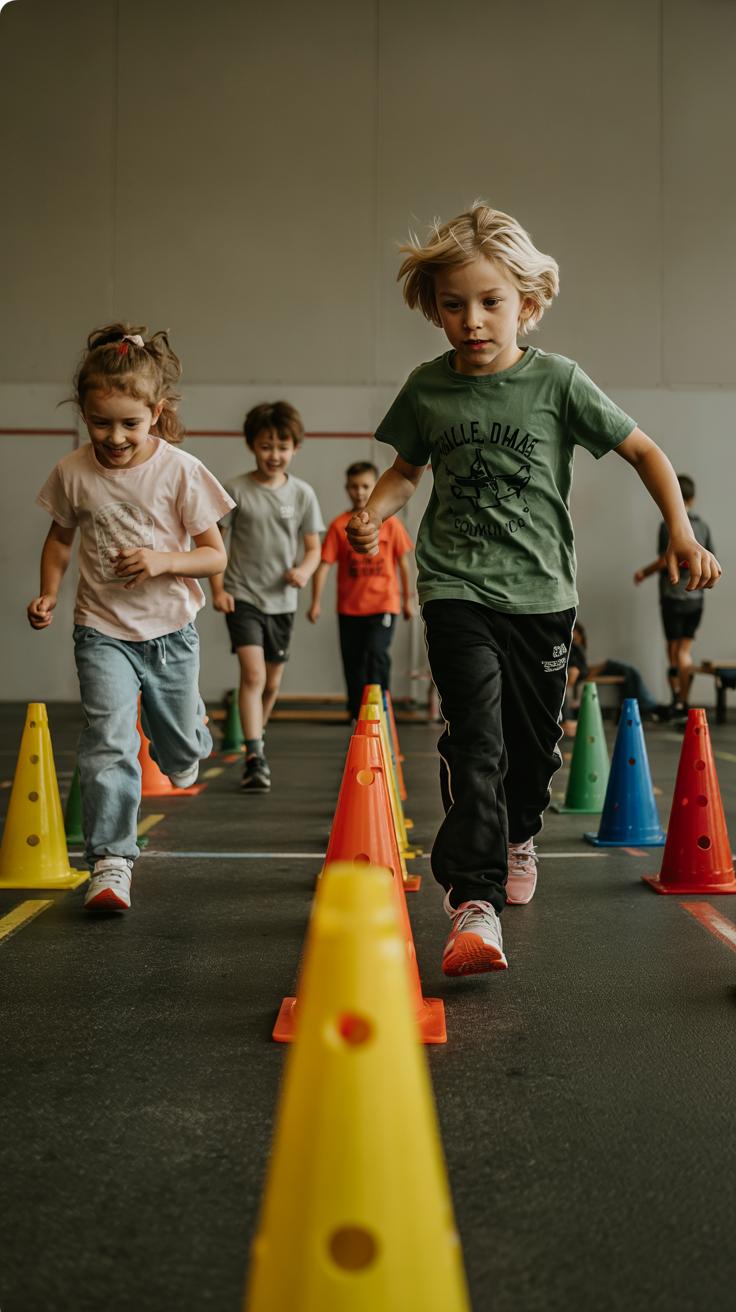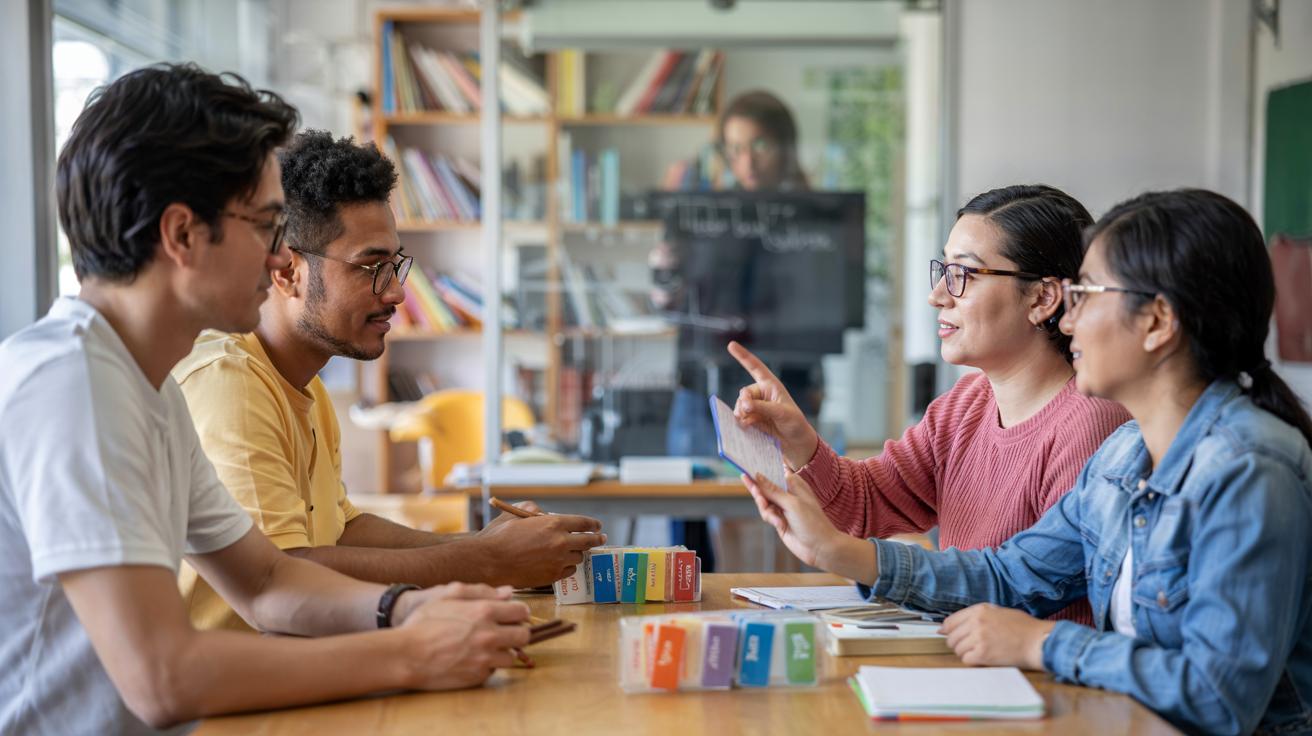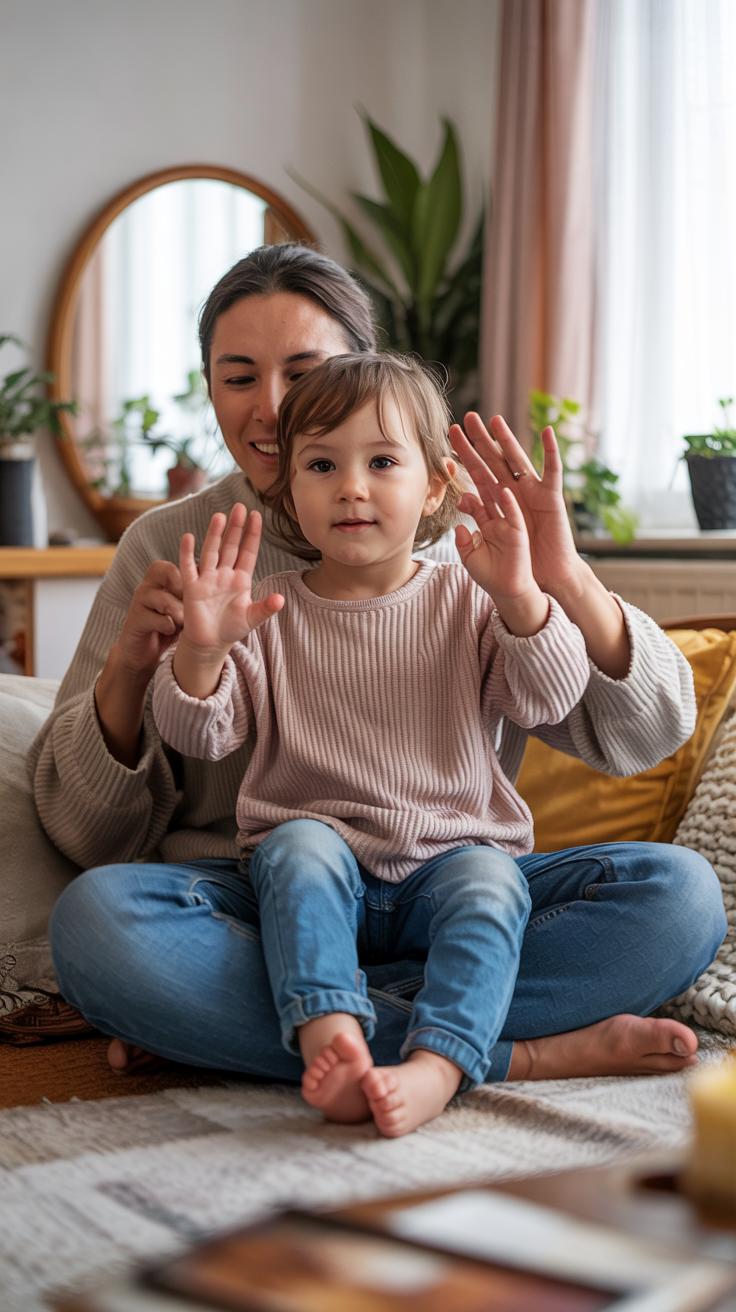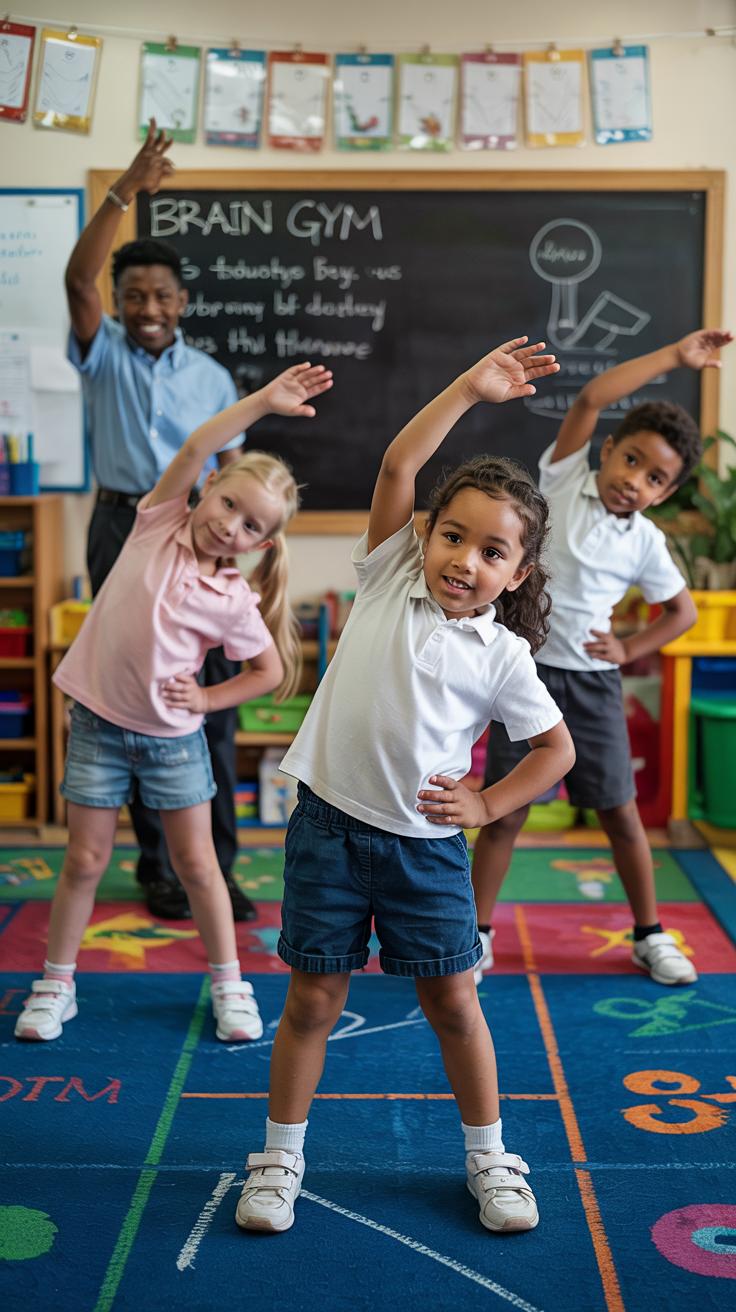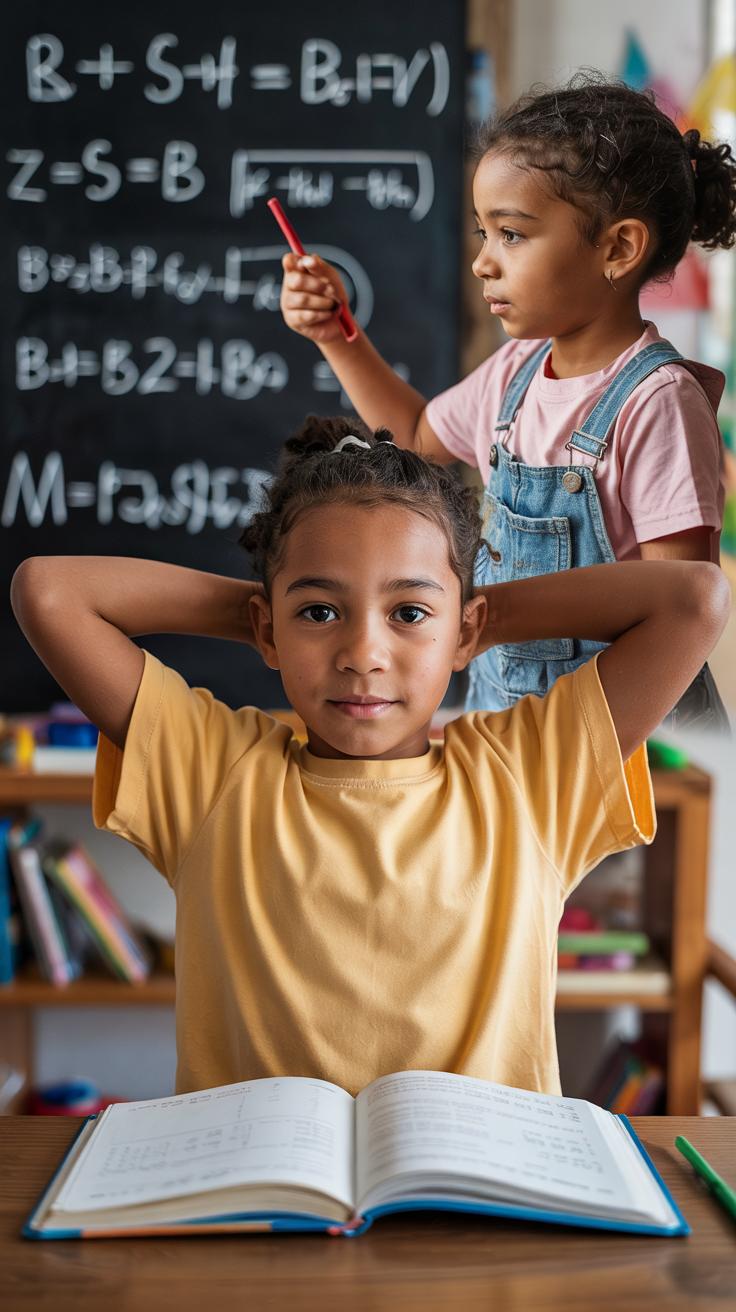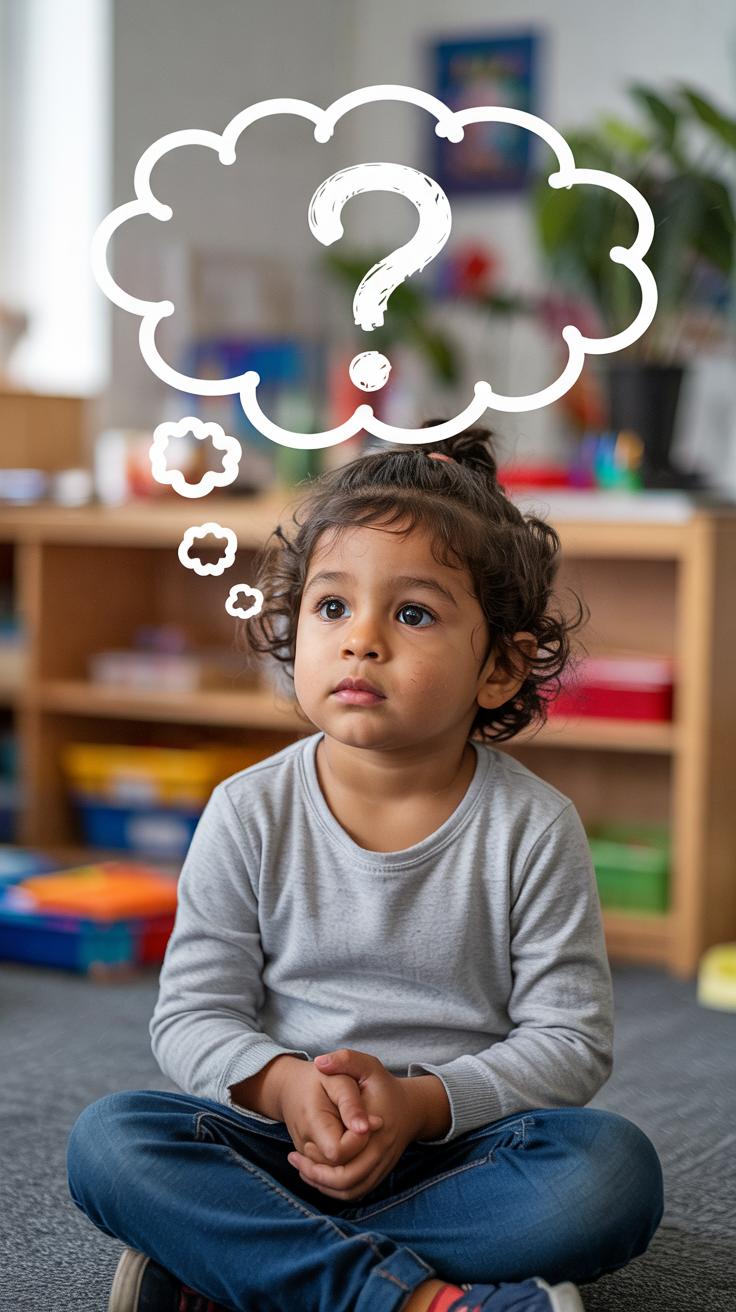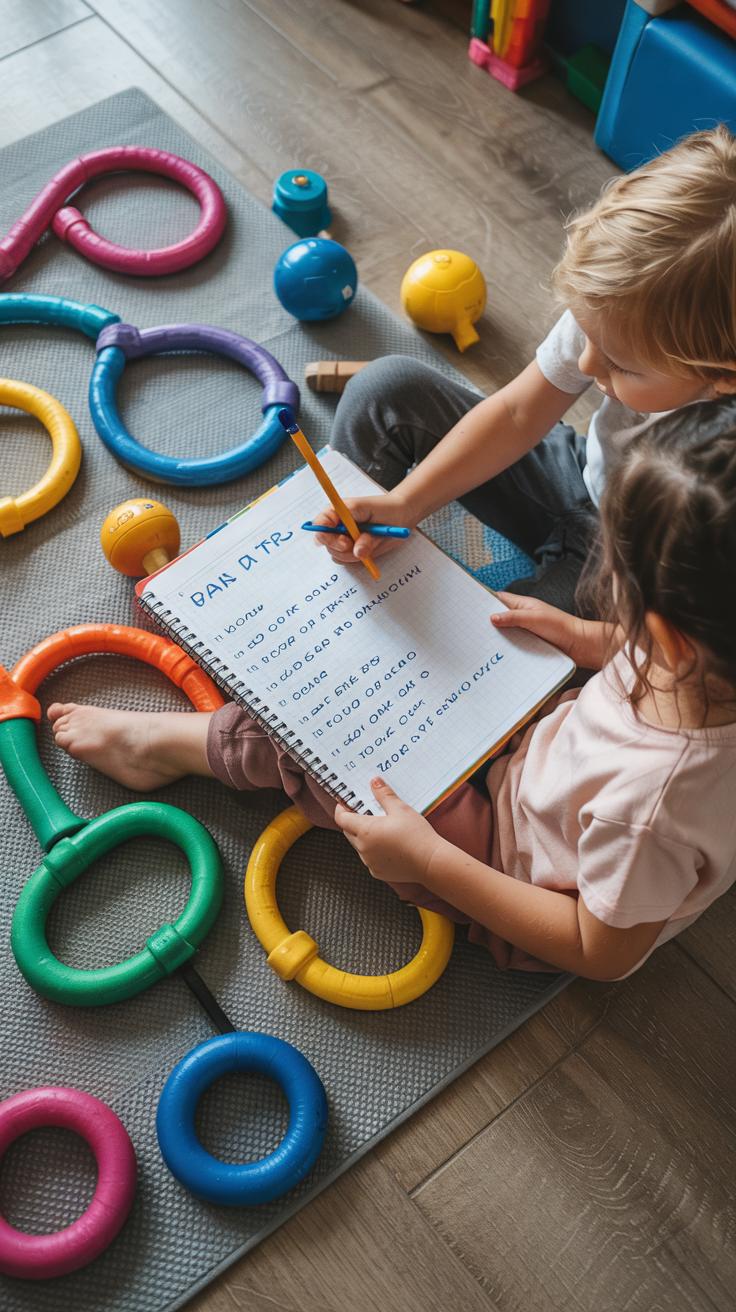Introduction
Brain gyms are a set of physical exercises designed to help children improve their cognitive skills through movement. These activities aim to enhance how the brain processes information, making learning easier and more effective. You might wonder how simple body movements relate to your child’s ability to think, focus, or remember. This article will explore the idea behind brain gym exercises and how they might support your child’s mental development.
With growing interest in ways to boost kids’ learning outside of traditional classroom methods, brain gyms gained attention for their promise to connect physical movement and mental function. While some exercises claim to support brain balance and blood flow, it is important to understand what these methods offer and how they can be integrated meaningfully into everyday routines. This article guides you through practical examples and insights to help you decide if brain gym activities are right for your child’s cognitive growth.
Understanding Brain Gym for Kids
Brain gym exercises for kids consist of simple physical movements designed to boost mental skills. These activities support your child’s ability to think, focus, and learn by connecting movement with brain function. The goal is to make learning easier through actions that stimulate both sides of the brain.
These exercises draw on basic principles of coordination and rhythm, encouraging smooth communication between brain areas. When children perform these movements, they engage their muscular and neurological systems at the same time. This helps develop concentration, memory, and problem-solving skills.
Have you noticed how moving can brighten your own thinking? Brain gym uses this connection to strengthen learning in kids. It offers a practical way to mix physical action with mental tasks for better cognitive growth.
What is Brain Gym?
Brain gym refers to a series of movements created to improve children’s brain function and learning. These exercises focus on simple motions like crossing the midline, balance, and controlled breathing to activate different brain parts.
Developed in the 1970s, brain gym programs became popular because parents and teachers saw improvements in focus and academic skills after practicing the exercises. The approach blends physical activity with skills needed for reading, writing, and math.
Does your child struggle with attention or coordination? Incorporating brain gym could offer a new way to enhance those areas gently and naturally through motion.
How Does It Work for Children?
Brain gym exercises work by increasing blood flow to the brain and encouraging communication between its left and right sides. When kids move in specific ways, they strengthen the link between physical movement and mental processes like memory and attention.
Actions such as gentle stretches, balance work, and eye tracking help your child’s brain organize information more efficiently. This coordination improves how well children process learning tasks.
Why would movement boost thinking? Physical activity wakes up the brain’s networks and sharpens mental skills. Brain gym taps into this natural benefit to help kids learn and perform better in school and daily life.
The Science Behind Brain Gym Exercises
Brain gym exercises aim to improve children’s learning and brain function through simple physical movements. Scientists have studied how physical activity affects the brain in kids, looking for ways exercises might boost attention, memory, and coordination. Some research reveals that moving the body can increase blood flow to the brain, helping kids stay alert and focused during learning tasks.
These exercises often involve crossing the midline of the body or rhythmic movements, believed to connect the two brain hemispheres and improve processing speed. The idea is that engaging both sides of the body could support better thinking skills. This chapter examines the science that supports or questions these claims to help you decide what works best for your child’s learning.
Research Supporting Brain Gym
Studies on physical activity show it often improves brain function and attention in children. For example, short bouts of exercise can increase focus in classrooms. One study found kids who moved more during the day scored better in tasks requiring memory and coordination.
Simple exercises like jumping or clapping can help kids coordinate movements, which sometimes links to better reading and writing skills. When children perform brain gym tasks, they often feel more awake and ready to learn. You may notice your child concentrating longer or enjoying learning more after these physical breaks.
Critiques and Limitations
Despite some positive findings, many experts question brain gym programs. Critics argue some claims lack strong scientific evidence and see parts of brain gym as pseudoscience. For instance, the idea that specific hand or eye movements can “rewire” brain connections has limited proof.
Some studies show mixed results or no improvement compared to other activities or normal classroom breaks. You should ask if brain gym exercises offer more than general physical activity before expecting big changes. Is it the specific movements or simply getting kids moving that makes a difference? This question remains open in the scientific community.
Benefits of Brain Gym for Cognitive Skills
Brain gym exercises target key cognitive skills that play a crucial role in a child’s learning and daily activities. These skills include memory, concentration, motor coordination, and processing speed. Working on these areas helps children absorb information, solve problems, and complete tasks more efficiently.
When your child practices brain gym activities, you may notice improvements like better focus during homework, quicker recall of facts, and smoother hand-eye coordination in sports or writing. Exercises that integrate movement with thinking boost communication between the brain’s hemispheres, enhancing overall cognitive function.
What if simple exercises could help your child stay attentive longer or remember instructions more easily? Brain gym encourages active learning by involving the body, which supports brain development in an engaging way. Each small win in memory or coordination builds confidence that makes learning more enjoyable and effective.
Enhanced Focus and Attention
Specific brain gym exercises help sharpen your child’s focus by activating brain regions related to attention control. Movements like crossing the midline or balancing engage both sides of the brain, improving the ability to concentrate on tasks.
These exercises can make it easier for your child to ignore distractions and sustain attention on schoolwork or reading. For example, doing repetitive hand or foot motions can reset the brain’s arousal levels, making it ready to absorb new information.
Could a few minutes of targeted movement each day help your child stay more present during class? Many parents report that brain gym activities reduce restlessness and improve task completion. The key is consistency and pairing movements with learning moments to maximize attention benefits.
Improved Memory and Processing
Movements in brain gym stimulate areas of the brain linked to memory storage and retrieval. Activities that cross the body’s midline and require coordinated motion increase blood flow and activate neural pathways involved in processing information.
When your child practices these exercises, the brain strengthens connections that help with recalling facts, sequencing events, and understanding instructions. This can lead to quicker responses in conversations and better performance on exams.
Have you noticed times when your child struggles to remember what was just read or heard? Brain gym movements offer a practical way to support those memory networks, making learning smoother. By turning memory training into a physical activity, you provide your child with tools to hold and use information more effectively.
Types of Brain Gym Exercises for Kids
Brain gym activities come in many forms, each designed to target specific brain functions. Simple movement exercises like crawling help develop coordination between the left and right sides of the brain, improving balance and body awareness. These movements also support reading and writing skills by enhancing motor planning.
Sensory integration activities connect hearing, sight, and touch, encouraging the brain to process multiple inputs at once. This boosts focus and helps kids respond better to their environment. For example, combining clapping with repeating a rhyme supports memory and rhythm.
Some exercises focus on eye movements, such as tracing shapes or following objects. These strengthen tracking skills needed for reading. Others involve crossing the midline of the body, which links both brain hemispheres and aids problem-solving.
What type of activity does your child enjoy most? Choosing the right exercises can make brain gym fun and effective. The goal is to build neural connections that support learning and thinking in everyday tasks.
Simple Movement Exercises
Crawling on hands and knees is a powerful way to engage multiple brain areas. It strengthens the connection between both sides of the body, which helps with focus and coordination. You can turn it into a game by setting up simple obstacle courses.
Yawning on purpose may feel strange, but it activates areas that control breathing and alertness. Encourage your child to yawn deeply several times during breaks. This can increase oxygen flow and calm the mind.
Drawing shapes in the air with fingers or arms supports eye-hand coordination. Try tracing circles, squares, or triangles slowly while naming the shape aloud. This links movement and language skills, helping kids remember letters better.
Have you noticed how these simple moves can turn into fun daily rituals? Small changes in movement can open up new pathways in the brain, boosting your child’s ability to learn.
Sensory Integration Activities
Activities that mix hearing, seeing, and moving help children coordinate their senses. Try playing “Simon Says” with directions that involve clapping, jumping, and listening. This practice improves attention and following instructions.
Another effective exercise involves tossing a ball while calling out colors or numbers. Your child must catch and say what you call, linking motor skills with auditory processing. This improves multitasking and quick thinking.
You can also use flashcards with shapes or letters while your child repeats names and steps side to side. This engages vision and movement, encouraging both sensory and motor development.
Does your child respond better when multiple senses work together? Sensory integration exercises make learning active and lively, helping your child master complex tasks with ease.
How to Introduce Brain Gym at Home
Finding the right moment to practice brain gym exercises makes a difference. Try adding short sessions right after breakfast or before homework begins. These times help your child switch focus and get ready to learn effectively.
Choose a quiet corner or a small open space where your child can move freely without distractions. Make sure the area is safe and comfortable. Use simple tools like a ball or a chair to support different exercises at home.
Encourage your child by explaining how these exercises can help them think better and feel more alert. Sit with your child during the activities to show support and make it a shared routine. How can you make this time special to boost your child’s interest?
Creating a Fun Routine
Set a regular time each day for brain gym exercises to build a habit. Even five to ten minutes can create a foundation for improved focus and memory. Mix different activities to keep the routine fresh and exciting.
Use visuals or charts where your child can mark each completed exercise. This helps them see progress and stay motivated. Adding music or playful challenges can turn practice into a game they look forward to.
Ask your child what exercises they enjoy most and let their preferences guide the routine. What small reward or positive note will you use to celebrate their effort each day?
Encouraging Participation
Join your child in brain gym exercises to show that you value the activity. Doing movements together makes the experience fun and less like a chore. It also strengthens family bonds and models positive habits.
Offer praise focused on effort rather than results. Say things like, “I noticed you kept trying even when it was tricky.” This builds confidence and encourages regular participation.
Notice changes in your child’s mood or focus after exercises. Share these observations to reinforce the benefits. How can you keep the energy positive to make brain gym part of your family’s daily rhythm?
Brain Gym in School Settings
Brain gym exercises fit well in classrooms because they offer quick ways to help students reset and refocus. Teachers who introduce these simple movements can support better learning and behavior throughout the day. For example, a brief session of cross-crawling or eye-tracking can boost a child’s concentration before starting a math lesson. These exercises activate parts of the brain linked to memory and coordination, making lessons easier to absorb.
Educators often notice improvements in behavior when students have chances to move their bodies between lessons. Brain gym offers a low-cost, easy-to-implement tool for this. By encouraging students to engage in these movements, teachers create a more dynamic and responsive classroom environment. Have you considered how incorporating moments like these might change your students’ attention spans and calmness during tests?
Supporting Classroom Learning
Short movement breaks with brain gym exercises improve students’ focus quickly. Just two to five minutes of activities like lazy eights or neck rolls can reset a child’s mental state. This helps reduce restlessness and prepares them for the next learning task. When students feel ready and calm, they participate more actively and retain information better.
Try adding these movement breaks before challenging subjects or after transitions in class. Notice how your students respond when you replace a quick sit-down with a few moments of brain gym. Could this small change make a lasting difference in how well they stay engaged?
Teacher and School Adoption
Schools introduce brain gym by training teachers during professional development sessions and providing easy-to-use guides. Some schools schedule daily brain gym breaks or integrate exercises into physical education and special education. Thoughtful planning ensures these activities support lesson goals instead of disrupting flow.
When schools commit to brain gym, they often start with pilot programs to measure impact. Successful adoption depends on teacher buy-in and ongoing support. Could your school benefit from a pilot that tracks focus and behavior changes? Sharing positive results might encourage broader use and help embed brain gym into daily routines.
Combining Brain Gym with Other Learning Strategies
Brain gym exercises can work well alongside other learning methods to support your child’s development. These movements activate the brain by improving coordination and focus, making it easier for your child to absorb new information. For example, combining brain gym with reading sessions can help kids strengthen their concentration and memory retention.
You might try pairing brain gym activities with hands-on learning, like art or building projects. This mix can enhance both fine motor skills and problem-solving abilities. How often do you incorporate physical movement in your child’s study routine?
Using brain gym together with clear routines and positive feedback creates a more engaging environment for learning. Each approach supports different parts of growth, and together they build a stronger foundation for thinking and learning.
Physical Fitness and Learning
General physical activity plays a key role in brain development. Exercise increases blood flow and oxygen to the brain, which helps form new brain cells and improve mental sharpness. When your child is active, their brain releases chemicals that improve mood and attention.
Simple activities like biking, jumping, or playing tag complement brain gym exercises by boosting overall stamina and coordination. For instance, a child who regularly runs outdoors often shows better concentration in school and quicker problem-solving skills.
Encourage your child to move throughout the day. This habit supports brain gym work and creates a balanced approach to physical and cognitive growth. How can you add more play and exercise to your child’s daily schedule?
Mindfulness and Cognitive Training
Combining brain gym with mindfulness activities or memory games can deepen cognitive skill development. Mindfulness helps your child stay calm and focused, while memory games challenge their recall and problem-solving.
Try guiding your child through short breathing exercises before brain gym sessions to improve attention. Pairing these with memory tasks, like matching cards or sequencing games, encourages stronger neural connections.
Have you noticed how a calm mind improves your child’s ability to learn? Using mindfulness alongside brain gym offers tools for your child to manage stress and boost working memory. This combo creates a strong support system for learning success.
Common Questions About Brain Gym for Kids
Are Brain Gym Exercises Scientifically Proven?
Scientific research on brain gym exercises shows mixed results. Some studies suggest these movements may help improve focus and coordination. Others find little evidence that brain gym boosts learning or brain function directly. This does not mean brain gym is useless. Moving the body can increase blood flow and alertness, which may support learning indirectly. Many educators find brain gym useful as a break from sitting or a way to engage children physically. You should consider brain gym as one tool among many, rather than a guaranteed way to improve cognition. Have you noticed changes in your child’s attention after simple movement breaks? That experience might matter more than research alone.
Is Brain Gym Suitable for All Children?
Brain gym exercises are not one-size-fits-all. Your child’s age and development matter when choosing activities. Younger children may enjoy simple movements like cross crawls, while older kids might respond better to more coordinated tasks. Children with sensory or motor challenges might need adapted versions or professional guidance. You also should watch how your child reacts — is the exercise fun and manageable, or frustrating? Brain gym works best when it fits your child’s current needs and abilities. Would you try basic exercises first and adjust based on your child’s responses? Tailoring these activities helps keep your child engaged and supported.
Practical Tips to Maximize Brain Gym Benefits
Make It Enjoyable and Positive
Keeping your child interested in brain gym exercises depends on making the activities fun. Choose games and movements that your child likes and link exercises to things they enjoy, like dancing or playing catch.
Offer praise and encouragement when your child completes an exercise. Positive feedback boosts their motivation and helps them want to try more. Avoid pressuring or rushing them; focus on the experience instead of perfection.
Try using music, colorful props, or friendly competition to keep sessions lively. When your child enjoys what they are doing, they are more likely to return to the exercises regularly. Ask yourself: Which activities bring out my child’s smile or laughter during practice?
Monitor and Adapt Activities
Watch your child’s reactions closely during brain gym exercises. If an activity seems frustrating or boring, change it to suit their pace and preferences. You can shorten or simplify exercises or combine them with other learning tools.
Track small improvements, like better focus or coordination, and adjust your routines to build on these gains. For example, if your child likes balance exercises but struggles with eye tracking, mix both but spend more time where they show progress.
Interacting with teachers or therapists can help you match brain gym with your child’s learning goals. How can you fine-tune exercises to keep your child challenged but not overwhelmed?
Conclusions
Brain gym exercises for children offer a hands-on approach to potentially enhance cognitive skills through movement. While scientific support for some claims is limited, these activities encourage children to engage their bodies and minds in simple, repetitive motions that could support motor skills and focus. You may find these exercises helpful as part of a broader strategy to support learning and development at home or in school settings.
Choosing the right brain gym activities can depend on your child’s individual needs and interests. By incorporating movement-based exercises thoughtfully, you can provide your child with opportunities to strengthen coordination, attention, and memory. Considering these methods as one piece of a balanced approach to growth helps clarify their role and potential benefits for cognitive skill building.

